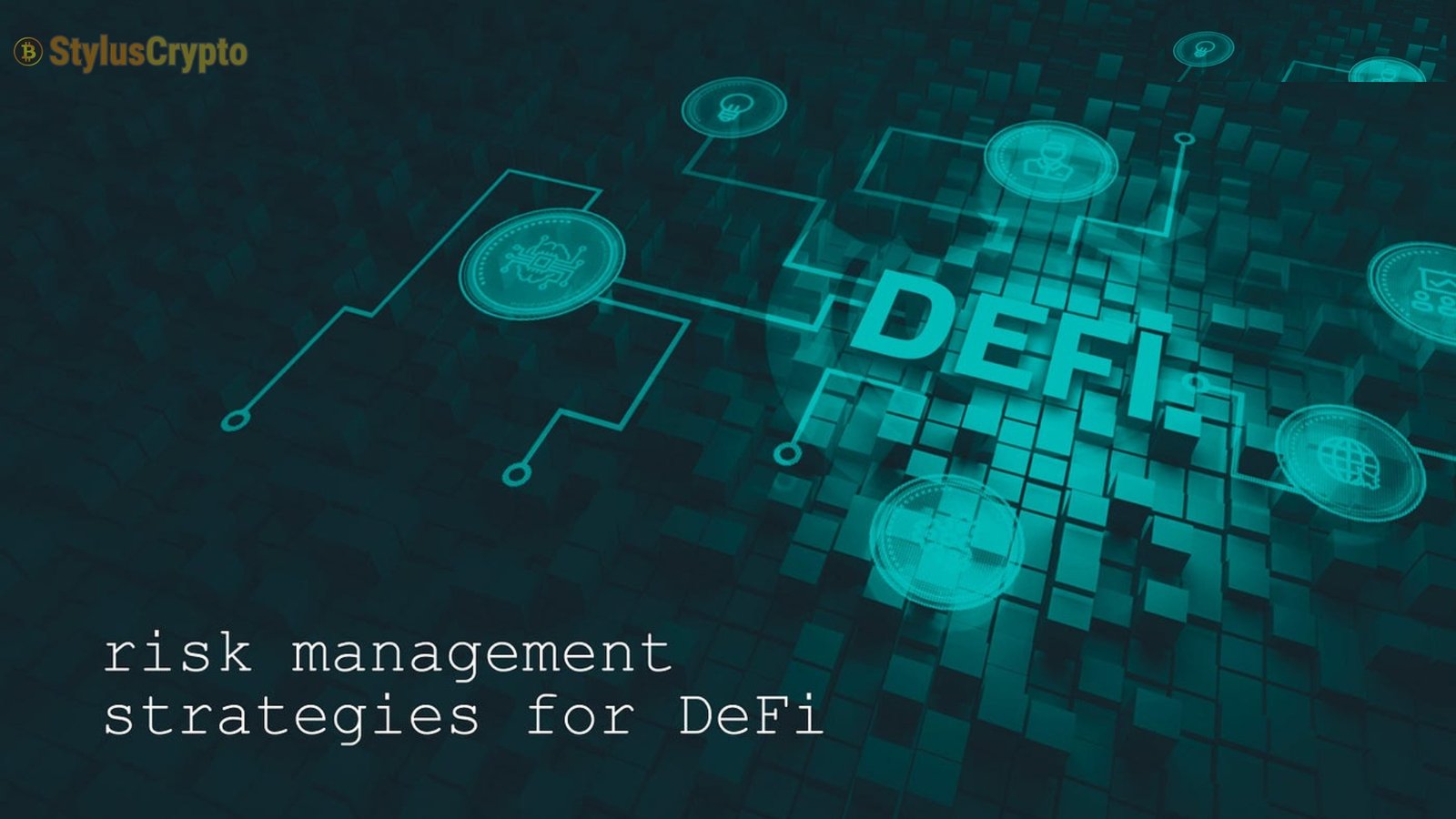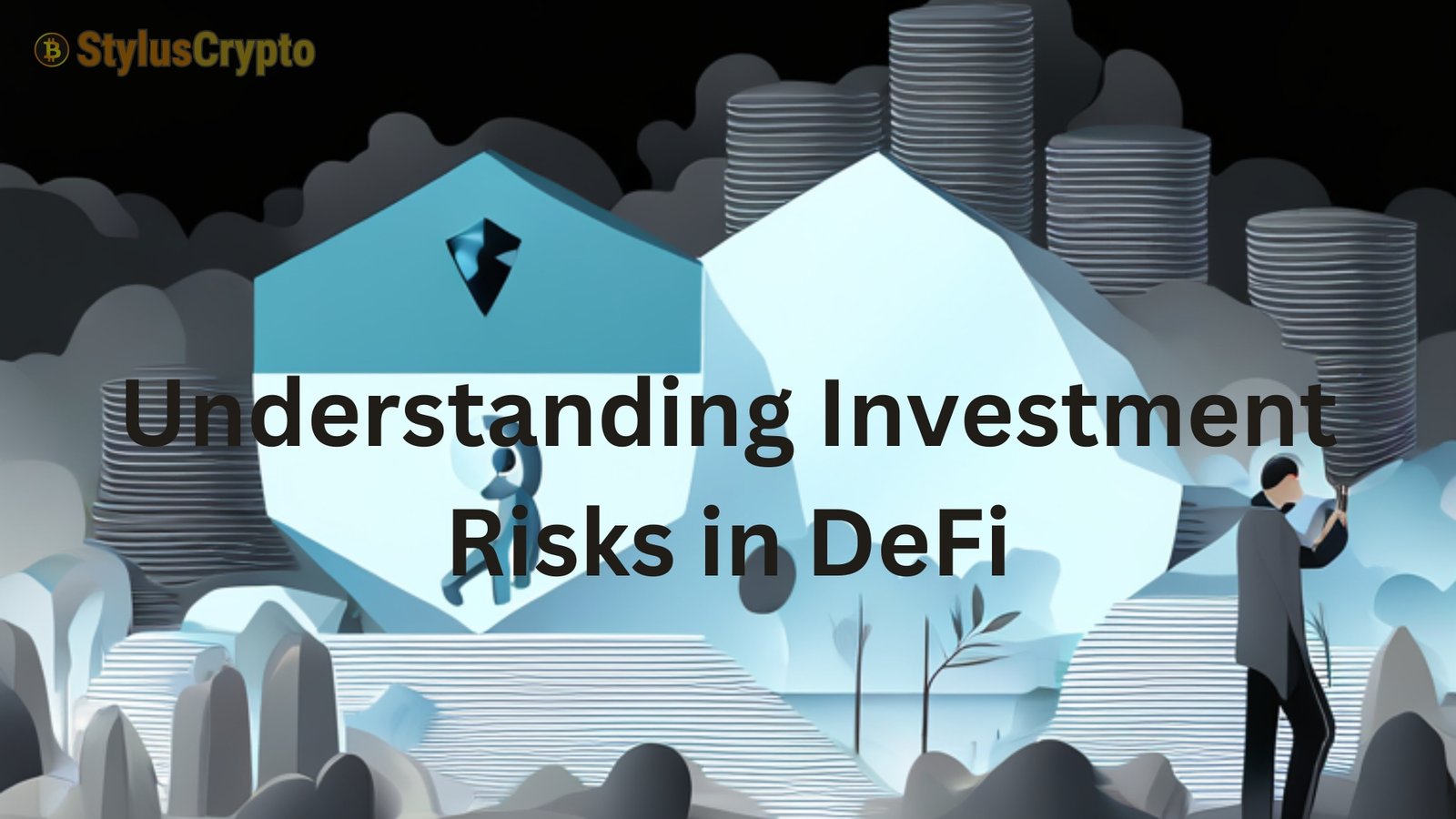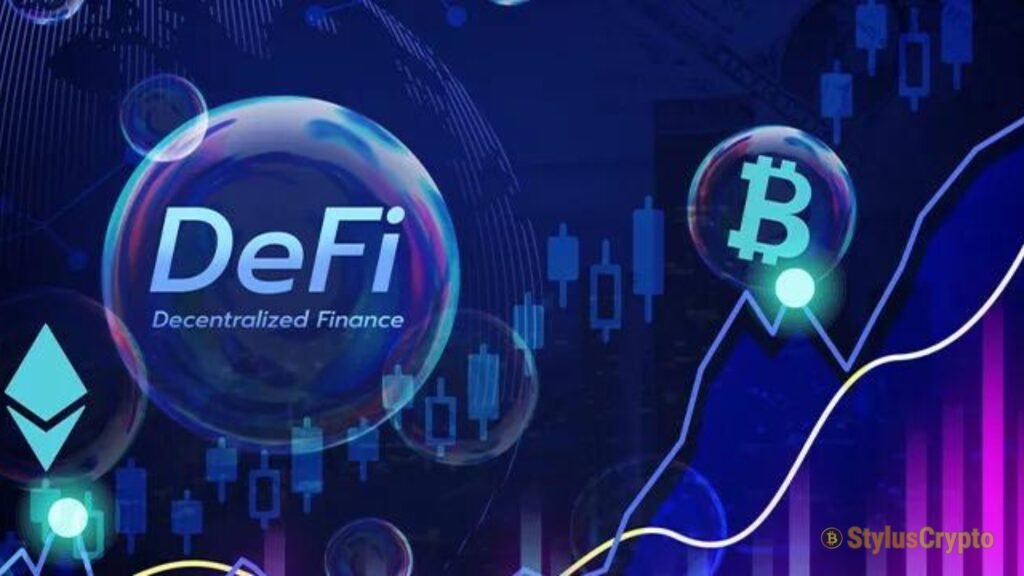Understanding the Risks of DeFi Tokens: A Guide to Decentralized Finance
Using blockchain technology to build a new ecosystem, a revolutionary movement known as DeFi has arisen inside the financial services sector. To help investors make educated decisions about the many DeFi projects they’re considering investing in, this article will examine the potential dangers of DeFi tokens.
The phrase “decentralized finance” (DeFi) describes an alternative to conventional banking models that use blockchain technology to eliminate middlemen. On public blockchains such as Ethereum and Hedera, DeFi protocols run smart contracts that provide users access to services like lending, borrowing, and trading. Anybody with an internet connection can use these revolutionary financial services to democratize them.
What is Decentralized Finance?
Various financial applications built on the blockchain that enable peer-to-peer transactions are all part of decentralized finance. Using liquidity pools and smart contracts, DeFi removes the middleman, letting consumers engage in direct lending and borrowing. Despite the many benefits of the DeFi ecosystem, there are several dangers to be aware of before putting your money into DeFi tokens. Anyone engaging in this dynamic field must be aware of these risks.
The Growth of DeFi Tokens
Among the most noteworthy changes in the cryptocurrency industry is the meteoric rise of DeFi coins. Many new DeFi protocols are appearing, and investors are quick to jump on the bandwagon for the chance to profit from these digital assets. There are now more opportunities for scams and hacks, and some projects face liquidity issues because of this expansion. With the DeFi ecosystem growing, it’s more important than ever to be familiar with the ins and outs of each token and the hazards they pose.
Importance of Understanding Risks
Knowing the potential dangers of DeFi is crucial for protecting capital, just like with any investment. Security holes, counterparty risk, and the possibility of temporary loss are just a few of the dangers faced by users of DeFi investments. To further safeguard their crypto assets, investors should watch for such attacks closely and perform comprehensive audits of DeFi protocols. To make educated judgments and succeed in decentralized finance in the long run, one must be aware of the dangers intrinsic to the space.
Types of Risks Associated with DeFi Tokens
Smart Contract Risks
Due to the centrality of smart contracts to DeFi protocols, the decentralized finance ecosystem is inherently vulnerable to smart contract hazards. Smart contracts include security flaws that could cause investors to lose money. If audits or supervision are lacking, these risks can be worsened because any mistake in the smart contract could jeopardize the safety of liquidity pool funds. So, before dealing with DeFi tokens, ensure you know the hazards associated with smart contracts and how to avoid them.
Impermanent Loss Explained
Providers of liquidity in decentralized finance run the risk of suffering impermanent loss whenever they deposit assets into a liquidity pool. This happens when there is a large price change between the tokens’ deposit and the price within the pool. Customers can discover that their assets are worth less when they remove funds than when they keep them. Consequently, investors must remember that temporary loss can affect their DeFi investments.
Counterparty Risks in DeFi
In DeFi, the risk of a counterparty’s default or failure to complete a DeFi transaction is known as counterparty risk. In contrast to more conventional financial systems, DeFi places a premium on the reliability of smart contracts and the stability of the network to ensure safety. Investors must comprehend the counterparty risks linked to particular DeFi projects and protocols because the loss of funds can result from a coding failure or an external hack.
Regulatory Considerations in DeFi

Regulatory Uncertainty in the DeFi Space
One of the biggest problems in the DeFi industry right now is the lack of clarity from regulators. Investors may feel lost due to unclear standards as governments worldwide try to categorize and control decentralized finance. The stability of DeFi tokens is at risk due to the unpredictability of legislative changes, which could cause price fluctuation or the suspension of specific DeFi protocols. Everyone with a stake in the DeFi ecosystem must keep up with the latest news regarding possible regulation changes.
The Impact of Regulations on DeFi Tokens
New rules may have far-reaching effects on DeFi tokens, changing their functionality and how investors interact with them. The ecosystem as a whole may benefit from stronger security measures put in place by DeFi projects in response to stricter compliance requirements. Regulating decentralized financial services could restrict innovation and make them less accessible. Anyone looking to invest in DeFi tokens or navigate the ever-changing regulatory landscape would do well to familiarize themselves with the possible consequences of such rules.
Potential Future Regulatory Changes
As governments strive to find a middle ground between fostering innovation and protecting consumers, future regulatory reforms could transform the DeFi environment. Some such steps may be regulating stablecoins used in DeFi transactions or implementing KYC (Know Your Customer) rules for DeFi protocols. These developments could affect the feasibility and appeal of different DeFi projects and tokens; thus, investors must be alert and flexible. Learning about these dynamics is important for making educated decisions in the ever-changing DeFi arena.
Understanding Investment Risks in DeFi

Gas Fees and Their Implications
Users pay gas fees when they transact on Ethereum and other blockchain networks. Depending on network congestion and transaction complexity, these fees might vary dramatically in the DeFi ecosystem. Investment potential may be unrealized if customers are discouraged from using DeFi protocols due to high gas expenses, particularly during peak hours. Investors in DeFi would do well to familiarize themselves with gas fees and their potential effects on transaction profitability and the feasibility of individual DeFi projects.
A Set of Risks: Assessing Overall Investment Safety
Potential investors face unique risks when considering investing in DeFi, which can be challenging. The risks associated with smart contracts, counterparties, and liquidity are the most common. Due to its decentralized structure, DeFi does away with conventional intermediaries, placing all trust in the robustness and safety of the underlying protocols. Investors should undertake comprehensive audits and research to determine the security of any DeFi project and learn about any flaws that can affect their crypto assets.
Strategies to Mitigate Risks
There are several approaches that investors can take to lessen the dangers of DeFi investments. To reduce the impact of any one security hole. It is wise to diversify a DeFi portfolio among different protocols and tokens. Furthermore, extra safeguards can be provided. By only interacting with certified DeFi projects because these protocols have been checked for code errors. Protecting assets and making smart choices also requires keeping up with the newest trends and possible scams in the DeFi market.
Recap of Key Risks in DeFi
Anybody hoping to participate in this cutting-edge financial scene must have a firm grasp of the dangers of DeFi. In particular, regulatory uncertainty, temporary loss, smart contract vulnerabilities, and counterparty risks are possible. The intricacies of decentralized finance can be better understood and navigated by investors who know these aspects and what they mean. Awareness and education are of the utmost importance to minimize these dangers and maximize the potential rewards of DeFi investments.
Read More: Best DeFi Lending Platforms In 2024 By Coinindesk
Final Thoughts
Decentralized finance is a game-changer in financial services; it brings exciting new possibilities and serious new dangers. Investors must proceed with prudence and a complete comprehension of the risks connected with DeFi. Notwithstanding the existence of significant return possibilities. Successful participation in the DeFi ecosystem and well-informed investment plans might result from striking a balance between ambition and diligence.
Resources for Further Learning
Online courses, webinars, and community forums are just a few tools for anyone interested in delving more into DeFi. To better understand the risks associated with DeFi and how to invest effectively. Engaging with trustworthy platforms and knowledgeable professionals is recommended. In addition, investors may stay updated on the newest happenings in the DeFi market by following industry news through social media channels and specific websites. This will help them make better investment decisions.

